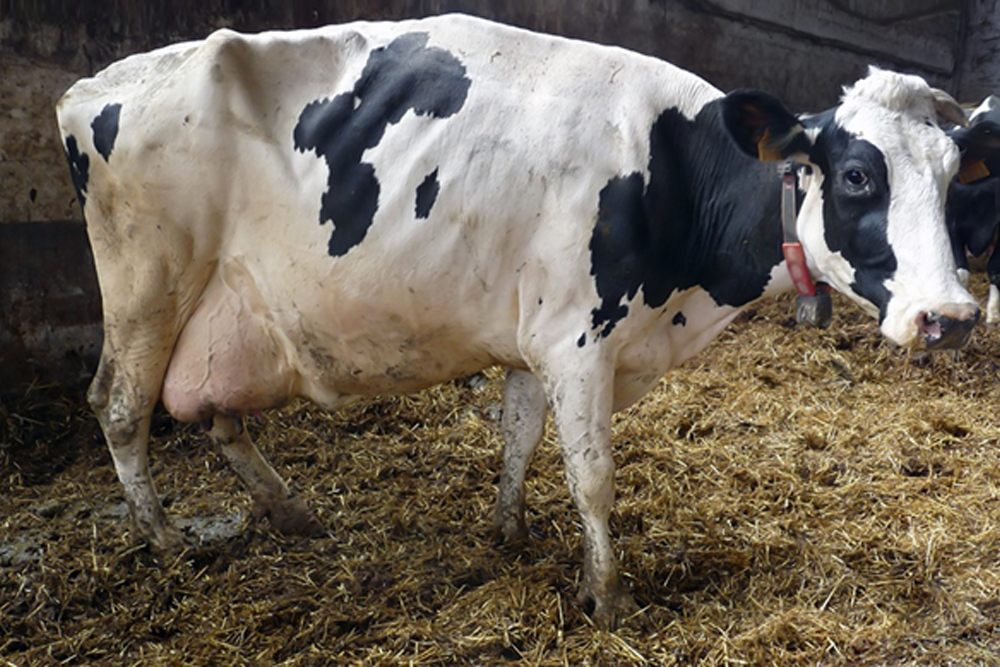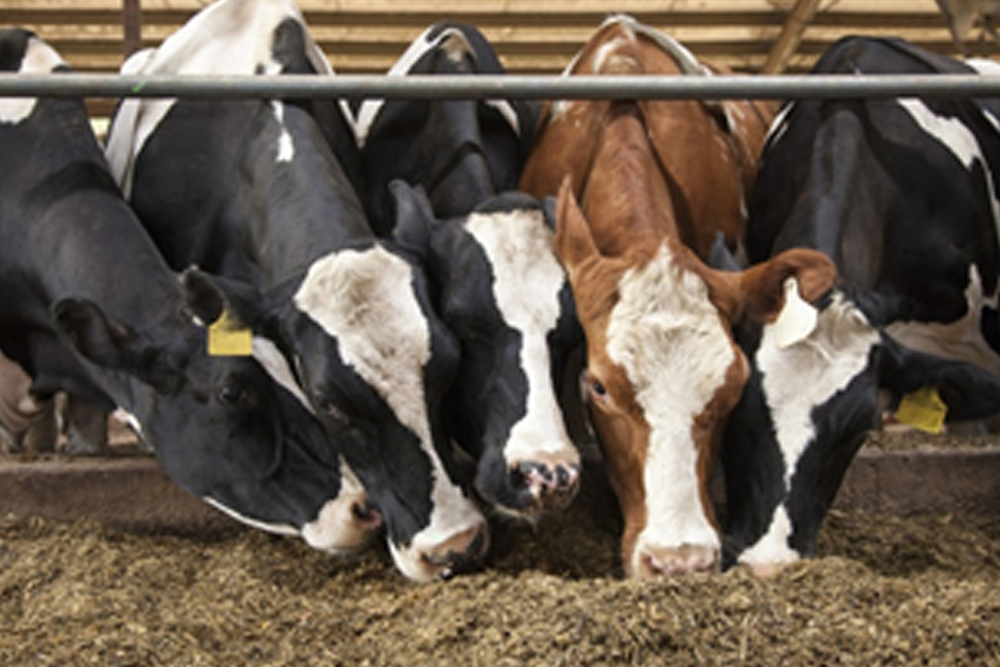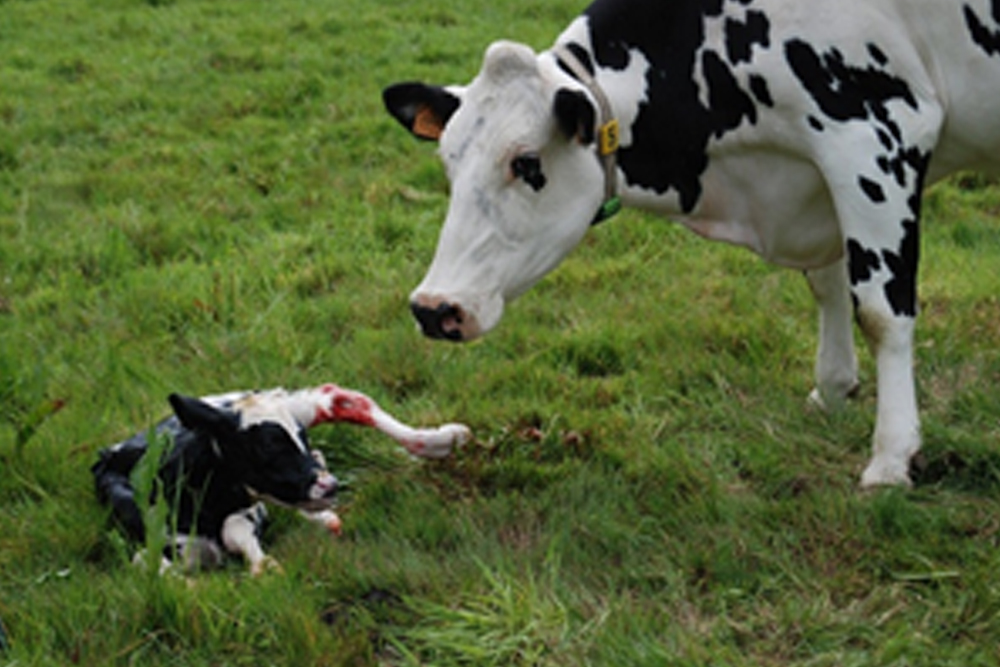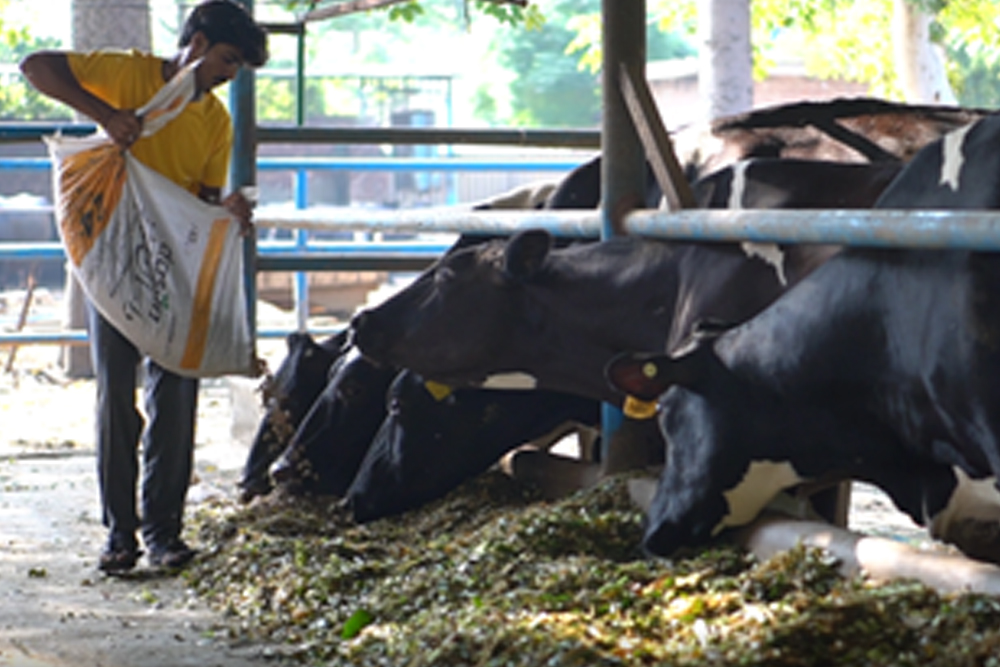THE RISK FACTORS CONTRIBUTING LAMENESS IN DAIRY COWS

After fertility and mastitis, lameness is generally considered to be the 3rd most economically important health issue in dairy herd. Worldwide incidence is reported as high as 26% of all dairy cattle with a much higher incidence in high producing dairies in temperate countries. Lameness is manifested in a change in locomotion that is associated with lesions, especially the pelvic limbs. The disease of the hoof is painful, affecting the welfare of dairy cows.
Nutrition
Acidosis: The primary cause of acidosis is feeding a high level of rapidly digestible carbohydrate, such as barley and other cereals. Acute acidosis, often resulting in death, is most commonly seen in ‘barley beef’ animals where cattle have obtained access to excess feed. In dairy cattle, a milder form, sub-acute acidosis, is seen as a result of feeding increased concentrates compared to forage. It is also said that toxins released from the moldy feed affect hoof horn production.
Transition diet: Too abrupt a switch will predispose animals to acidosis. In the current intensive production system, the feeding

Physiology
Calving: Retained placenta increases histamine levels affecting blood supply to hoof and leads to lameness. In addition, there is greater concentrations of lactate precede milk fever and laminitis in transition dairy cows
Hormones: Right before calving, a hormone called relaxin is secreted into the cow’s body to loosen the muscles and ligaments to aid in the calving process; it affects connective lamina tissue in the hoof. However, this hormone is not confined to the birth canal area and also loosens the ligaments in the rear legs and feet, allowing more movement in the pedal bone inside of the cow’s foot and a weakened suspensory apparatus, which can result in sinking or tilting of that bone.

Environment
Flooring: Cement floor in loose housing cause excessive wear to hooves altering weight distribution. Walkways should be grooved to improve traction and prevent cows slipping. Walkways should be cleaned regularly to prevent manure building. Dirt walkways are primary ways of transferring infectious disease through a herd and also increase the incidence of environmental mastitis. Pay particular attention to areas where manure builds up such as behind scrapers and at cross alleys.
Stalls: Badly designed stalls increase cows standing time which exacerbates lameness problems. Stall design to improve

Behavior
Social: Low ranking cows such as heifers are bullied by older cows leading to hoof trauma as they try to avoid confrontation.
Walking: Excessive walking on cement increases the severity of lameness disease. Walkways should be grooved to improve traction and prevent cows slipping. Walkways should be cleaned regularly. Provision of open dirt / grassy area also reduce the risk of lameness.
Genetics
Breed: Holsteins have shallower hoof angles and are more prone to joint conformation problems than other breeds such as Ayrshires and Brown Swiss
Hoof hardness: There is a strong genetic component to hoof hardness which reduces the risk from erosion problems in free stall systems.
Dasan Feeds / Dasan Wanda is a complete range of dairy feed line, with the highest quality, nutrient-dense ingredients to provide your animals a superior nutrition for optimal production.
We maintain the integrity of all our dairy feeds, by only using premium quality raw materials, we have strong relationship with a wide range of suppliers worldwide and are continually looking for competitive and best quality products globally, to use in our rations.

